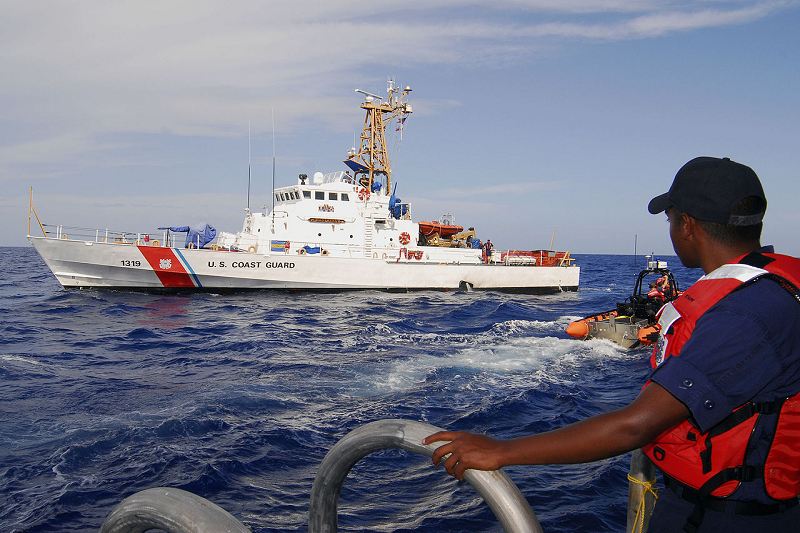The OceanGate Titan submersible, which disappeared after setting off to tour the wreckage of the Titanic last Sunday, experienced a “catastrophic implosion,” US Coast Guard Rear Admiral John Mauger announced during a press conference on Thursday afternoon. The five passengers included OceanGate CEO Stockton Rush, British businessman Hamish Harding, French diver Paul-Henri Nargeolet, as well as the British-Pakistani businessman Shahzada Dawood and his 19-year-old son, Suleman. In a statement issued in response to the Coast Guard’s findings, OceanGate said it believes the sub’s passengers “have sadly been lost.”

The Titan is a 22-foot long, 20,000-pound submersible owned by OceanGate Expeditions, a Titanic tourism company that takes guests on underwater journeys for $250,000 per person. On Sunday, five crew members boarded the Titan sub with the hopes of seeing the remains of the Titanic that lies around 13,000 feet in the ocean. However, the submersible lost contact with the crew on the surface shortly after its departure.
The search crew discovered five components consistent with the Titan, including its nose cone and pieces that comprised the “totality” of the pressure vessel. It’s still not clear when — or why — the implosion occurred, but the Coast Guard says it will continue investigating the incident.
Titanic claims five more souls
“These men were true explorers who shared a distinct spirit of adventure and a deep passion for exploring and protecting the world’s oceans,” OceanGate says. “Our hearts are with these five souls and every member of their families during this tragic time. We grieve the loss of life and joy they brought to everyone they knew.”
Several experts raised concerns about the safety of the Titan over the course of several years. James Cameron said during an ABC News interview that one of his longtime friends was among the passengers on the tourist submersible Titan and that sensors likely warned of the disaster just before it occurred. All five aboard were killed in a “catastrophic implosion,” officials said.
“This OceanGate sub had sensors on the inside of a hull to give them a warning when it was starting to crack,” he told ABC News. “And I think if that’s your idea of safety, then you’re doing it wrong. They probably had warning that their hull was starting to delaminate, starting to crack.”
The Times obtained a 2018 letter privately written to Stockton Rush, stressing the need for a third-party safety review of OceanGate’s submersibles.
The tragedy has left many questions unanswered and has shaken both those close to those lost and those in the diving community. As investigations continue into what caused this catastrophic event, we can only hope for answers and closure for those affected by this tragedy.











